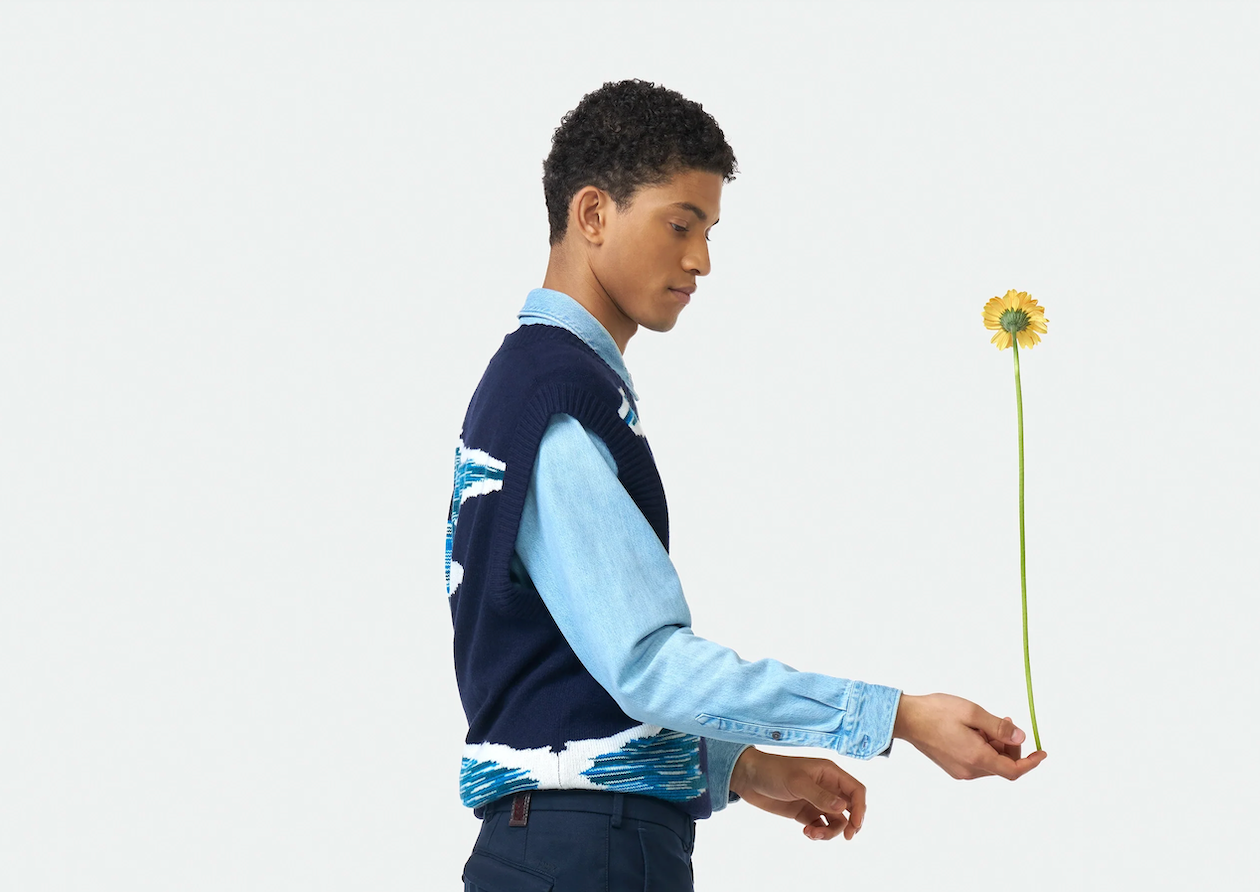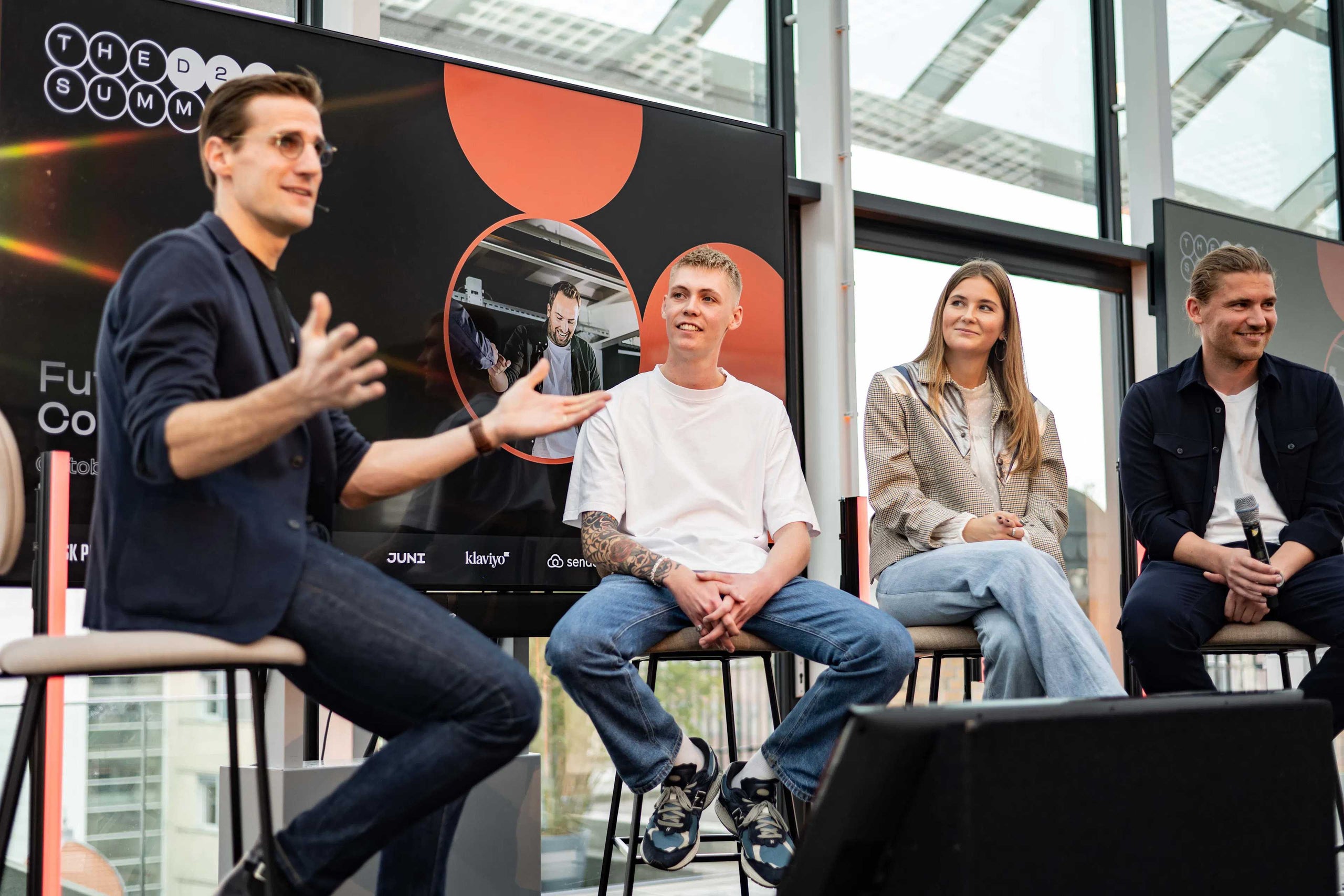
-
Shopify
+1
Klaviyo Vol 5: Solving Localised Double Opt-In at Scale
Klaviyo Vol 5: Solving Localised Double Opt-In at Scale
Connect to consumer

Seb Harris
Shopify joined us at The D2C Summit: Future Commerce to explain the new direction they believe e-commerce is headed. Connect to consumer is the natural evolution of D2C commerce, one that answers two specific challenges all e-commerce businesses now face.
A perfect storm of Covid economic fallout, the war in Ukraine plus further geopolitical tensions around the world that are affecting business logistics, has manifested itself upon the world and everyone is feeling the pinch.
Interest rates are rocketing, as are energy bills, food and fuel prices, rent and mortgages, the list goes on. The end result is potential customers have less money in their pockets, and less inclination to spend on goods and services.
The second challenge we all face now is the effective tracking wall put in place by iOS14. It’s far more difficult to track customer behaviour as we once did, causing CAC to also rise. Thankfully there are solutions, as discussed in the Ask Phill keynote at The D2C Summit.
However, Shopify believe the situation should be approached with a total D2C philosophy shift.
They call it C2C. Connect to consumer.
The solution to rising costs and customers spending less focuses on building stronger, healthier and long-lasting relationships with customers. Making customers feel valued, showing them that your brand shares their key values and beliefs, these priorities will keep customers coming back time and again.
There are three steps to achieving this:
There are three steps to achieving this:
The key to C2C is to connect with consumers at every available opportunity. Don’t wait for them to come to you, make sure your brand is available where they are. How do you do this?
Every channel, both online and offline, is an opportunity to present a coherent brand experience to your customers. Make sure you’re using them all.
People have less money to spend. That’s the way things are right now. Shift your business focus beyond the immediate transaction and towards a long-term strategy. Building relationships will keep existing coming back in the future, guaranteeing future revenue.
Alongside representatives from 3 Shopify merchants - Camille Brinch, STOX & Shaping New Tomorrow - Shopify’s Benjamin Lang lead a panel discussion explaining how today’s brands are connecting with their consumers.
Here we have some highlights, watch the full discussion through the link at the end of this article.
Sebastian Käppner (Shaping New Tomorrow): connecting to our consumers has always been a part of our DNA. We think of customers as our guests, and we’ve always had physical stores as places to meet them, introduce the brand and build strong connections.
Stefan Bay Jensen (Camille Brinch): Thinking of ways to connect with our consumers is also something we’ve always done. For example, every Black Friday we issue a special edition piece that’s only released on that single day in a very limited quantity. These usually sell out in under an hour, with our audience fully engaged and coming back year after year.
Andrea van Nieuwenhuizen (STOX): We do a lot with brand activation to connect with our consumers: working with ambassadors, partners, etc. During the Christmas season last year, we sent our top 1000 customers a free pair of our latest socks as a surprise. It kept them feeling valued and introduced our new product.
S.B.J. (Camille Brinch): Consistency. We try to keep a regular schedule of events and offers, we don't ever do surprise sales. We have dates that are specific to our company, the founder’s birthday for example we always invite our customers to get involved.
S.K. (Shaping New Tomorrow): We grew very fast and it was difficult to stay coherent across our whole operation. We had a legacy technical setup that made it difficult to connect all the dots across our various channels. We eventually set up a team to own the consumer journey across every touchpoint. We believe that to truly put the customer first, you need someone who will take ownership of their entire brand experience.
A.v.N. (STOX): We also face a challenge with cohesion. We sell solely via our own website, so keeping a consistent tone of voice throughout the store is very important. We run experiments on our tone of voice, the structure of our customer journey, the performance of all our touchpoints etc.
As an example, for the ski season, we’ve learnt to sell with different hooks in different countries. In the Netherlands it’s all about cold feet and keeping warm. In Germany they don’t seem to get cold feet, it’s all about performance and how to maximise time on the slopes.
S.B.J. (Camille Brinch): We run on Shopify. We use apps, like the wishlist app, and we have side databases for lead generation and code generation. We have unique codes to each customer that improves our tracking.
A.v.N. (STOX): We’re also on Shopify, we’re migrating to Shopify 2.0 in January 2023. We use Klaviyo and the attribution software Rockerbox to see where our customers go. We place a special focus on invisible touchpoints because they’re more difficult to trace.
S.K. (Shaping New Tomorrrow): Our store is built on Shopify and we use a number of different POS systems across our 10 stores in Germany and 5 in the Netherlands.l
S.K. (Shaping New Tomorrow): Finding the right direction to move the business forward. We want to invest in changing the tech stack and increase the experience for our customers both online and offline, and we have to find the right way of doing this.
A.v.N. (STOX): Segmentation. Next year’s focus is: Who is our customer? Where do they go? What do they like? What do they read? And then with all of this information, how can we align with them?
S.B.J. (Camille Brinch): Retail. We just opened our very first B2B wholesale store. We see it as a great opportunity for brand awareness throughout Denmark. That’s our focus now for the coming quarters.
S.B.J. (Camille Brinch): Make sure you have a backup payment gateway. During last year’s Black Friday weekend we crashed our main payment gateway in Denmark, leaving with 10k customers at the checkout waiting to pay.
A.v.N. (STOX): I’d advise that you work with partners and ambassadors as much as possible. Collaborations like this spread influence, connect you to new audiences and give credibility. They’re also great ways to enter new countries. Our most successful partnership has been with Jumbo Visma, the cycling team. People see it and instantly know our socks are the best.
S.K. (Shaping New Tomorrow): Stay true to your brand values whilst localising where necessary. For instance, in Denmark, we’re very famous. But in Germany, no one knows us. We have to adapt our communication in the new markets, but doing so in a way that stays true to who we are and what we believe in.
Do you want to
stay updated?
Yes

Klaviyo Vol 5: Solving Localised Double Opt-In at Scale
Klaviyo Vol 5: Solving Localised Double Opt-In at Scale

The gap is widening
Shopify Winter '26 Edition: 10 Reasons Not Being on Shopify Is Now a Competitive Disadvantage

The early-access strategy that increased conversions to 33%
Klaviyo Vol 4: Travelteq’s WhatsApp Advantage
Stay ahead
Subscribe to our newsletter for a roundup of the latest in ecommerce, straight to your inbox.